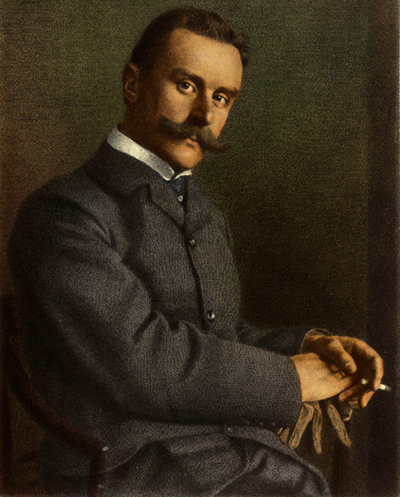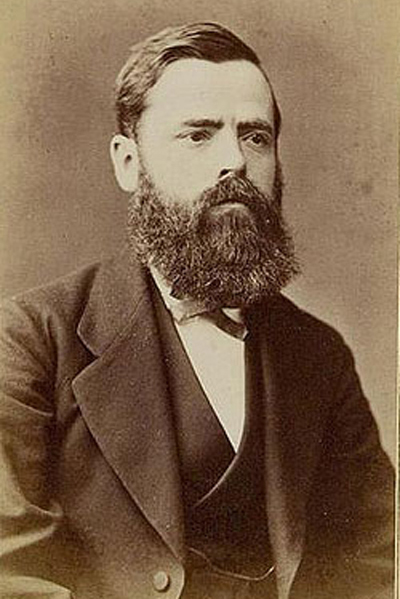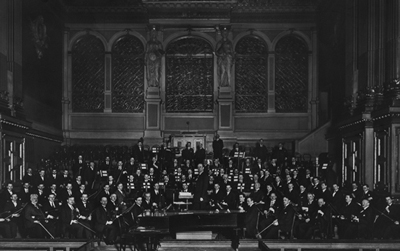Prologue |
|
My name is Adriano, after my grandfather Adrian Leverkühn, the composer. |
 |
That is why I am sure that when Adrian read Mann's letter from the United States announcing him the intention of writing a novel about a musician modeled after him, he must have smiled, pleased at the news and felt honored when he got to know that the great writer would affirm his literary vision presenting him through the eyes of a childhood friend. |
 |
Also for Adrian, that year marked the appearance of a series of great masterpieces, the "13 songs by Brentano" excerpted by a poetry book by Clemens Brentano, cousin of the "Immortal Beloved" by Beethoven, songs which he developed for a common project to which he was working together with Alban Berg, of which we received just Berg's version, and "Apocalypsis cum figuris" which proposed a musical description of a series of paintings by Dürer that stroke his imagination, inspiring his composition of 15 musical comments of rare beauty, followed by "Lights from the sea", "Wonders of the universe" and many other works that Adrian burned and destroyed during the final years of his tormented life. Great masterpieces for those who had the luck of hearing them, but which brought him no luck, no success. The object of his research was totally other; in his last years that search led him all the more astray and its consequences brought him towards the imbalance that pushed him to destroy all of his work. Kindred spirits, with sadly different destinies. |
 |
I fatally enter this story in 1912, when my grandmother, a young woman from Palestrina, fell in love with a young german musician travelling in Italy with a friend, the famous writer T. Mann, whom briefly stayed in town, guest in the house of a neighbour She was 18, he was 27. |
 |
This doomed love affair lasted until the demise of grandfather, almost thirty years between Munich and Palestrina, and led her to conceive my father, out of desperation and anger, in one of the last visit that she paid to the man of her life when she understood that grandfather was disappearing for good behind the delirium of confusion and destruction that became the two years it took him to die. And this was a problem, in Palestrina. |
 |
Thus my father did not get born in Lazio, but in Piedmont, where grandmother moved. There she was greeted with often tepid acknowledgement, but never hostile or critical attitude. It was the Langa district of Piedmont that my grandmother chose as a place to grow my father up and re-establish her family; it was the Langa to offer a wife to her only son and the place where my mother – who married him – gave birth to me. My father did not inherit his father's madness, as it was feared by everyone that knew his ancestors. But that hidden fear remained active within the consciousness of those who were found of the "Roman" newcomers, and manifested itself in the stubborn refusal of talking about the German crazy grandfather, remembering him, even pronouncing his name. Even my grandmother finally adhered to this precautional remedy, she even extended it to everything concerning music and art in general. An inexpressed but general superstition that organized sound might awaken the latent folly within our blood prevailed over common sense.
|
 |
At birth I was imposed my grandfather's name, but music continued to be kept out of our home's front door and my education never encompassed any musical training of sorts, no turntable ever found its way in our house and the radio was tolerated uniquely as a carrier for news, comedies and weather forecasts. The life that I have spent ever since and until a few years ago, determined as many others by events that were almost ever casual, will not be a part of this narrative. Which begins from the moment in which circumstances brought me to the cleaning of a remote attic in the first house grandmother had lived in when she first arrived from Palestrina. That is how, a couple of years ago I began to discover who Adrian Leverkühn was, through his notebooks, a few very old pictures, reproductions, diaries and some writings, all contained into the trunk, carefully bound and wrapped |
|
 |
|
That collection was the outcome of grandmother's desperate determination to save whatever was left of the work by the man she loved for an entire lifetime. The trunk contained two big bundles of notebooks, one marked "Harmony", the other "Counterpoint". |
|
 |
|
Naturally, granfather wrote in German, a language which my family had forgotten since it had not been spoken for over a generation, and I had to wait for the translation to take place. But turning the pages of those notebooks full of symbols and signs, keys, musical notations and tables I became convinced as grandmother that they contained a secret, perhaps the one that spawned the madness of my grandfather Adrian. It is here that my musical diary begins, the diary of a quest to the search for the great secret. Since I began reading the first notebooks I have felt that the vocation of their author was of presenting a closed form, a complete work that wants to describe our musical system, giving it a final and possibly practical definition. Exhausting every aspect. To round the work up.
The developments of a research starting from the principles of Study N. 1, trying to apply the first 9 lessons to the exercises or studies that Kretzschmar proposed to his student. From lesson 9 on, each one will be completed by the studies trying to implement the suggested procedures. I shall do the same. As I have stated before, this course begins in order to follow his footsteps. |
|
 |
|
 |
|
 |
|
 |
|
 |
|
I also affirm with certainty that the construction and the organization of a composition method is one of the strongest creative moments in the entire artistic production process, but - curiously enough – it is also the most mysterious, private, almost always inferred by music analysts and seldom illustrated by the author himself, whom never speaks about it. I shall try to describe my method as it develops and is being built, specifying the paths I travel and the motives for doing so, what I am looking for and eventually find or else what I find in place of what I was looking for. Perhaps some reader might think, by now, that my grandfather's madness only skipped one generation. |
 |
| next |
Index of photographies |
||
1 |
Adrian. |
|
2 |
Adrian was very happy when the writer gave him this portrait. |
|
3 |
One of 15 Albrecht Dürer's xilographies about Apokalypse, that inspired Adrian's Apocalipse cum figuris. |
|
4 |
A-Palestrina. B-Palestrina's streets. |
|
5 |
My grandmother at 24.
This photo has been made by Adrian in Munich. |
|
6 |
This is the house that I had to clear and where I found the chest. |
|
7 |
In 1911 Adrian organizes his transfer to Munich from Lipsia, |
|
8 |
Todtenschlaule, Doctor Faustus' Pffeffering. |
|
9 |
Notebook1 Armony. |
|
10 |
Notebook 2 Armony. |
|
11 |
Notebook 3 Counterpoint. |
|
12 |
Wendell Kretzschmar, friend and collegueof Shoenberg, |
|
13 |
Berlin's philarmonic, to whom Kretzschmar belonged from 1925 to 1930, |
|
14 |
"Cithaerias esmeralda"butterfly, beloved to Adrians's father that called it "a petal kidnapped from the wind". |
|
| next |